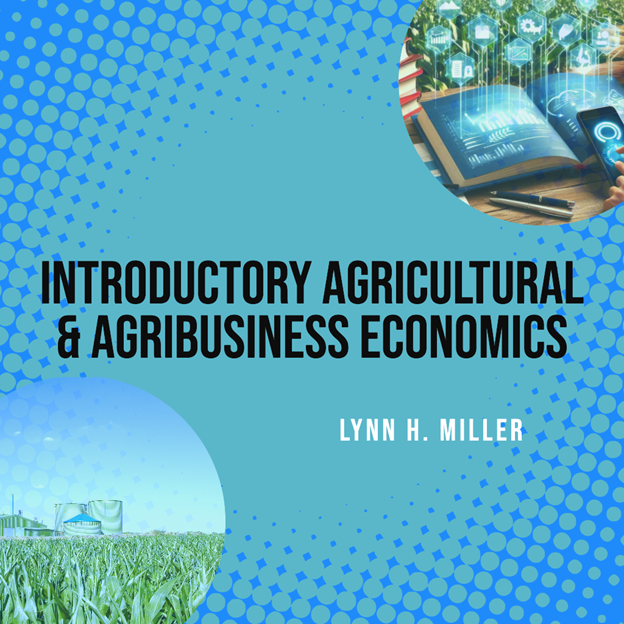This Introductory Agricultural & Agribusiness Economics textbook is an applied social science textbook designed to introduce you to agricultural economics as a discipline, agribusiness as an industry, and agriculture as a public sector component. Chapter questions and quizzes are included to develop critical thinking skills like creative thinking, analysis, evaluation, and synthesis of information. The questions and quizzes also develop quantitative skills like manipulating and analyzing numerical data or observable facts, resulting in informed conclusions.
Hidden Test
FREE
1 month of access
